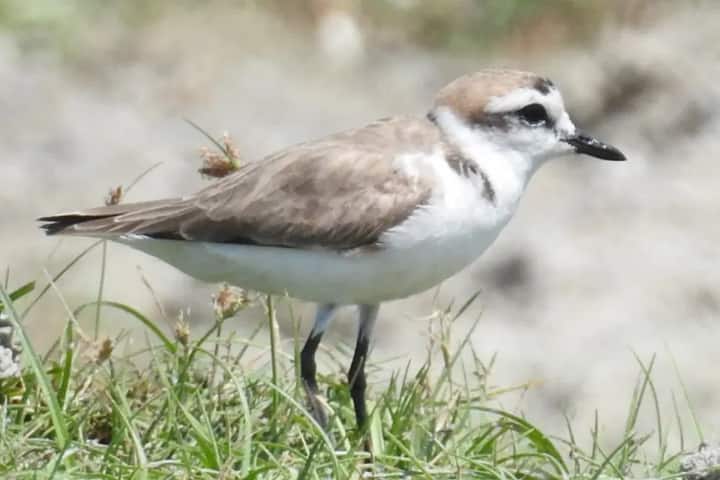Environmentalists and bird lovers in India had a reason to celebrate this week as the bird named after the God Hanuman has regained its status as a species. This good news is coming after more than eight decades, 86 years to be precise, of waiting.
Having been elevated from a subspecies to species, scientists hope it will help the Hanuman plover get help and funds for its conservation.
It is a small bird, resembling the Robin in colour and size and is found in India and Sri Lanka. It was in the 1930s, that this particular species named after God Hanuman – the divine vanara companion of Lord Rama and one of his ardent devotees – was merged with the Kentish plover. This was because the scientists believed them to belong to the same species.
Now sequencing of DNA has helped the scientists conclude and confirm that there are subtle differences between Hanuman and Kentish plovers, which are enough to make two separate groups.
A group is designated as a species when it can’t interbreed with other species successfully. On the other hand, a subspecies is a group within a species which is geographically isolated.
Details of the study about Hanuman plover have been published in the journal IBIS.
Talking about this species, Alex Bond, the study’s co-author and also the Principal Curator at United Kingdom’s Natural History Museum said: “While we don’t know if the Hanuman plover is threatened at the moment, it lives in an area which has one of the highest human population densities on the planet.”
Bond went on to add: “Having a name attached to these birds means it is easier for policymakers and politicians to notice these plovers and take any steps needed to help them.”
As a species of shorebirds, plovers are found everywhere except the polar regions. Living in different habitats and having varied lifestyles, their primary diet is invertebrates.
To determine if Hanuman plovers were separate species, scientists collected data from Hanuman plovers which are alive and those which are preserved. Following this, their findings revealed that these birds have smaller wings, tails, and beaks, plus a unique plumage, compared to the Kentish plover.
It was also found that Hanuman plovers have dark grey legs with males having a black stripe across their forehead while both sexes of Kentish have black legs.
Researchers also discovered that Hanuman plovers molt earlier and have different feathers before breeding season, compared to their relatives.
On studying the genes, it was discovered that Hanuman plovers were distinct species, having diverged approximately 1.2 million years ago in an event known as the Mid-Pleistocene Transition.




















